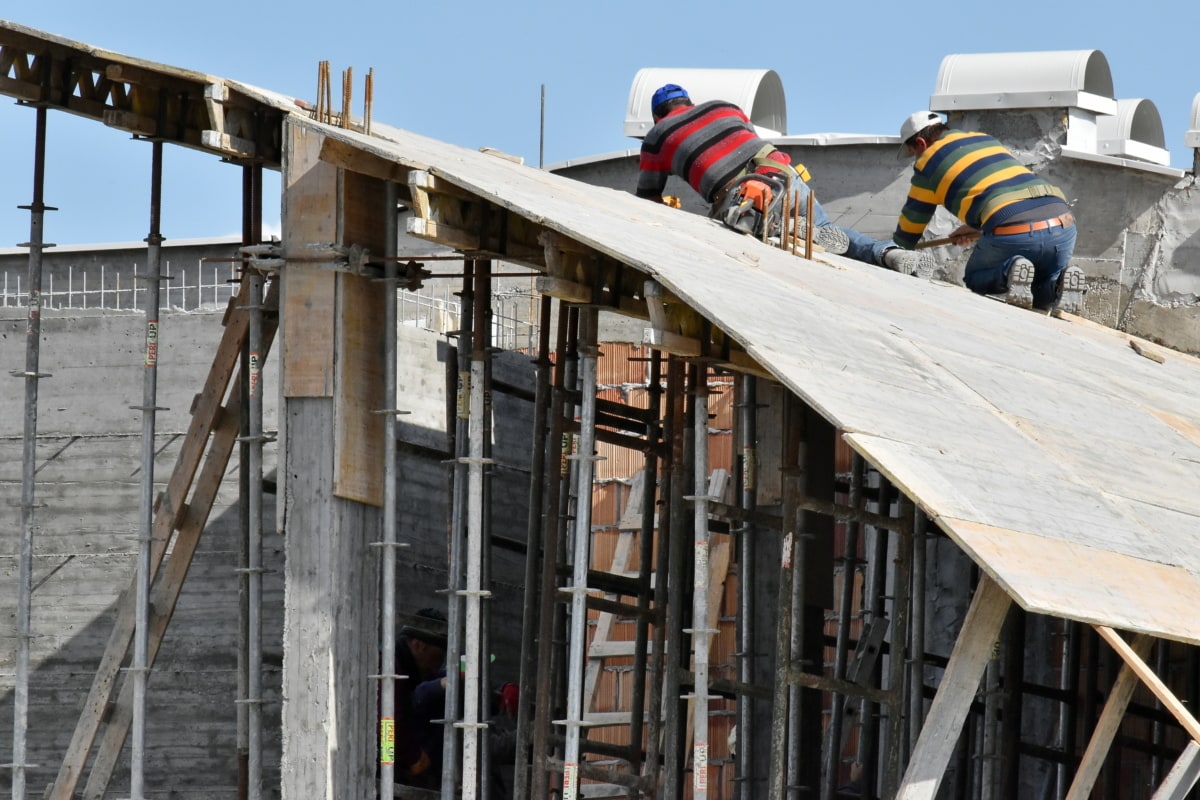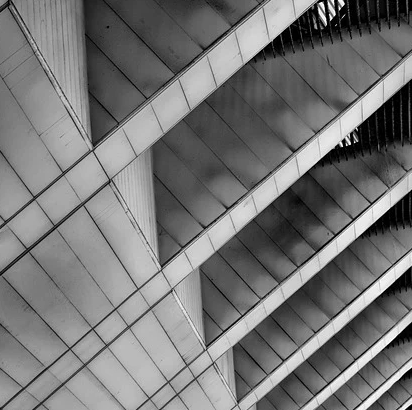What is Architectural Concrete
Architectural concrete
Architectural concrete is the modern-day language of architects. It refers to non-structural concrete elements for aesthetic purposes. Popular with architects, architectural concrete is used to cover the façades of all types of buildings, whatever the desired style. Architectural concrete offers an infinite range of colors and textures.
Architectural concrete: composition
The composition of architectural concrete depends on the desired finishing color, and the treatment envisaged.
The different types of concrete
Colored concrete is a classic concrete, to which dyes have been added during its implementation.
This concrete is said to be “colored in the mass” and meets the increasing aesthetic expectations of architects.
White concrete consists of white components: white cement and aggregates (sand, gravel). White cement made of very pure materials is used to obtain the whitest possible concrete. Today, some manufacturers offer self-cleaning concrete to maintain the clarity of the structure despite external aggressions.
Tinted concrete is made of grey or white cement to which colored granules are added. The choice of granules is defined according to the expected finishing color and its mechanical properties, as well as the treatment, envisaged: polished concrete, sanded concrete, deactivated concrete, washed concrete, etc.
Self-placing concrete

Its superior workability characterizes self-placing concrete compared to traditional concrete.
Besides, this type of concrete does not need to be vibrated because of its granular composition and the addition of superplasticizers.
Its use makes it possible to reduce site delivery times while reducing the difficulty of work for workers and the nuisance for residents.
Light concrete consists of white cement and light granules.
They are used for their lightweight and excellent thermal insulation.
This type of concrete is very malleable and is used for structures such as floors, non-load-bearing walls, paving, etc.
A distinction is made between cellular lightweight concrete based on cement, sand, and cellular foam, known for its insulating capacity, and permeable lightweight concrete which is characterized by the presence of air bubbles.
Finally, lightweight granulate concrete offers excellent insulating properties and good impact resistance. Lightweight concrete is recommended for renovation work.
High-performance fiber concrete and ultra-high-performance concrete offer particularly high tensile and compressive strength, thanks to the presence of metal fibers or glass fibers.
The amount of fiber is between 2 and 3% of the volume.
This type of concrete reaches resistances between 130 and 250 MPa (MPa is the unit of measurement of the megapascal). This resistance is also related to the presence of adjuvants and their cement-based matrix.
In some cases, it is possible to avoid traditional reinforcement (making decorative openwork sails).
Good to know: the cement should comply with the specifications of the relevant standard set in your country.
Granules
Granules are chosen because of their physical properties, color, and the treatment used. It is possible to use a particular type of granule or to mix it with granules of different shapes and colors for a specific aesthetic result.
Good to know: the granules must comply with the specifications of the relevant standard set in your country.
Additives
Additives are incorporated into the concrete to facilitate installation, improve its resistance to wear and tear or increase its strength in the event of bad weather (frost).
Coloring pigments
Mineral color pigments are used to enhance the color of the granules, especially if the expected color is a bright one (red, yellow, etc.). The incorporation of color pigments into white cement requires a high degree of precision in terms of dosage to obtain an aesthetic result that meets expectations.
Architectural concrete: the different aspects
Architectural concrete can be left raw (smooth or structured) or treated:
– Concrete is polished: a perfectly smooth surface is polished with more or less gloss.
– The concrete is washed: the application of a deactivator brings out the aggregates by blocking the hydration of the cement.
– The concrete is sandblasted: the intensity of the sand brings out the granules with more or less intensity.
– The concrete is acidic: the application of acid gives the surface a finely sanded appearance.
Architectural concrete: implementation
Architectural concrete is poured on-site: this method is preferred for high-volume elements. In this case, the concrete is poured from cranes into formwork and then stripped in due course. Architectural concrete can also be prefabricated in the factory, thus offering better control of the finished product and minimizing any waste on the site.
Types of projects using architectural concrete
Architectural concrete is used for facade coverings on which brick, stone, or decorative elements such as balconies, cornices, modern and designer furniture, and works of art can be incorporated.
The choice of materials for construction is essential, as they contribute to the cost and quality of the building. Wood, concrete, architectural concrete, brick, cement, and stone among others. Hope this post help you make your choice between architectural concrete and others.




















One thought on “What Is Architectural Concrete”